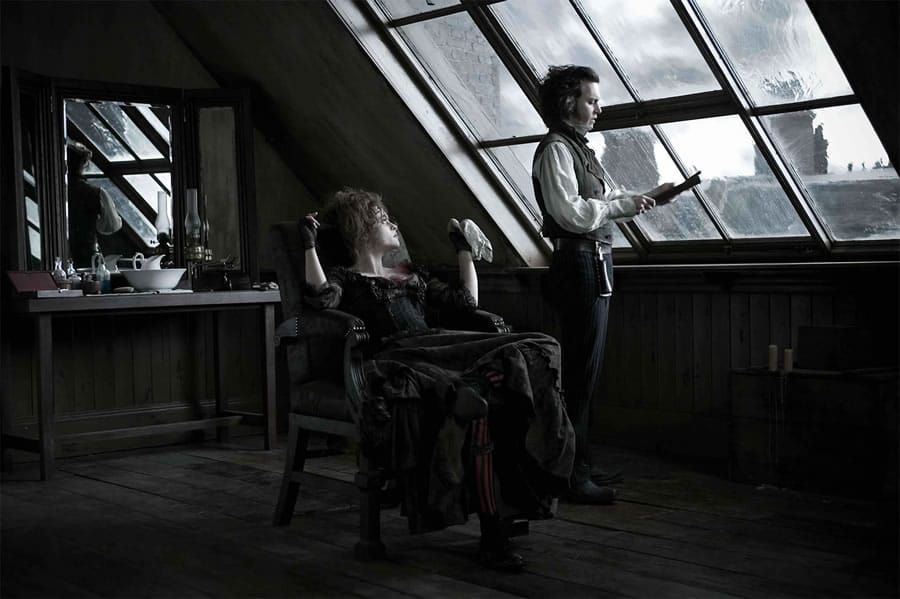
Visual Analysis Paper
Introduction
Hendrick Jansz ter Brugghen (1588 –1629) is a famous Dutch painter, the follower of Michelangelo Merisi da Caravaggio who managed to completely change the genre painting techniques in Italian art in the 1600s. Hendrick Jansz ter Brugghen’s major subjects include half-length figures of musicians, larger-scale religious images and various group portraits. Due to Caravaggio’s influence, Brugghen’s paintings incorporate the use of light and shadow, as well as emotional impact. Brugghen’s painting Melancholia (Mary Magdalen) is a reflection of the painter’s unique style and emotionally changed subjects. The painting was created in 1627-1628. Today Hendrick ter Brugghen’s Melancholia is kept and exhibited at the Art Gallery of Ontario, Toronto.
Subject
The subject described by Brugghen in the painting is melancholia, or the absorption in thoughts of mortality. In 1600s, there was a period of an epidemic of melancholia in society. Actually, the cult of melancholia was reflected in the art works of many painters.
Size
The size of the painting is 67×56.5 cm.
Technique
The first thing that captures the viewers’ attention is the image of a young woman, her facial expression, the candle and the scull. The techniques used by the painter are Caravaggisti School of painting techniques which include exaggerated use of light and shadows. However, Hendrick ter Brugghen used more colorful palette of soft tints. The painter places emphasis on “the expressive gestures and the use of concentrated light in an otherwise predominantly dark painting to accentuate the essence of story” (Girnius, 2007, p. 222). Hendrick ter Brugghen compressed his figures into a small, but well-lit setting. In the painting Melancholia, he depicts a large-sized figure of a women in a small space. The painter represents a scene which involves a melancholic state. Natasha T. Seaman (2012) suggests that “ter Brugghen’s central concern in this period seems to have shifted from materiality to means of illumination, as fire-lit” (p.153).
Composition
The balance of the painting is asymmetrical as the figure of the woman is positioned slightly off-center. It is not a 100% balanced composition. The face is not seen straight on as the painter depicts only left part of the woman’s face. The candle throws light on her left cheek and left eye.
Color
The hues used by the painter include brown, black and white. The brown color of the room creates darkness, while the white color of woman’s clothing creates the feeling of purity of woman’s soul. This color selection reflects the general atmosphere of the painting. In fact, there is a so-called interplay of the darkness and lightness used by the painter in the art work. The shadows on the woman’s face indicate that the intensity of light is concentrated in the center of the art work. There are no warm colors such as orange or red that could create the warmth in the painting.
Medium
The painter uses oil on canvas.
Texture
As it is a painting, the texture stimulates the sense of sight. The painter uses actual physical texture.
Genre
Hendrick ter Brugghen’s Melancholia is a religious portrait as the figure of a woman depicted in this painting is St. Maria Magdalena. This art work refers to iconography. The painter is focused on depicting religious subject.
Function
The function of this art work is to inform the public of Christian principles. This portrait was created as a tool of faith in Christ and the Bible.
Symbolism
In his painting, Hendrick ter Brugghen depicts a religious figure in Christianity, the figure of Maria Magdalena. Shewas the follower of Jesus and traveled with him to spread Christianity. Moreover, she participated in two significant scenes: the crucifixion and the resurrection. In the Gospel, she is described as a courageous woman who had enough strength to stand by Jesus in the hours of suffering. In the painting Melancholia, Maria Magdalena symbolizes all Christian women who have a strong faith in Jesus, supporting his ideas and principles, and mourning his death.
Title
The title of the painting is associated with the subject covered by the painter in his art work. The term “melancholia” can be defined as a mental condition of an individual that is often characterized as a manic-depressive condition caused by extreme depression and hallucinations.
Conclusion
Thus, it is necessary to conclude that the painting Melancholia created by the famous Dutch painter Hendrick ter Brugghen in1627-1628 reflects the painter’s unique style, his philosophical views and religious influences. The image of a woman depicts the love and affection presented by Mary Magdalene to Jesus. The painter gives his work a feeling of philosophical meditation in keeping with the religious spirit of the time. The figure of Maria Magdalena is placed in mysterious darkness, while her face is illumined by the candle as the symbol of God, the light of the world.

